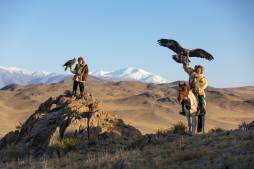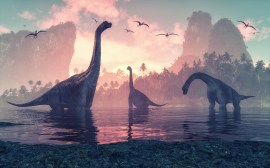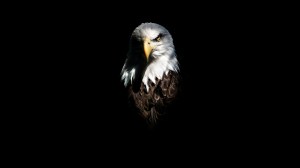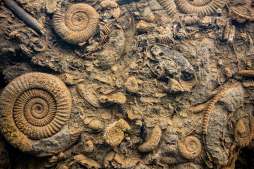What Ancient Cave Art Reveals About Prehistoric Wildlife

Ancient cave paintings are remarkable windows into the past, offering us a glimpse of the world as it existed thousands of years ago. These artworks not only showcase early human creativity but also provide valuable information about prehistoric wildlife and ecosystems. By studying these images, researchers gain insights into the animals that roamed the Earth during those times and how our ancestors interacted with them.
The Significance of Ancient Cave Paintings
Cave paintings found in Europe, Africa, Asia, and other parts of the world date back tens of thousands of years. They often depict animals prominently, which suggests that these creatures played important roles in early human life—whether as sources of food, spiritual symbols, or subjects for storytelling. The detailed representation of animals in cave art reveals both the artists’ keen observation skills and their cultural connections to nature.
Common Animals Depicted in Prehistoric Cave Art
Some frequently illustrated animals include bison, horses, deer, aurochs (wild cattle), mammoths, and rhinoceroses. For instance, Lascaux Cave in France features vivid paintings of horses and bulls; Chauvet Cave depicts lions and bears alongside herbivores; while Altamira in Spain is famous for its bison illustrations. These depictions highlight species that were significant to humans at that time either ecologically or economically.
What These Images Tell Us About Prehistoric Ecosystems
By analyzing which animals appear repeatedly across various sites and periods, scientists can reconstruct aspects of prehistoric habitats. The presence of large herbivores like mammoths indicates expansive grasslands or tundra environments while carnivore imagery reflects predator-prey dynamics. Additionally, some paintings include scenes showing multiple species together or hunting scenarios that shed light on ancient food chains.
Techniques Used by Early Artists to Portray Animals
Early humans used natural pigments like ochre and charcoal to create their artworks on rock surfaces inside caves. They employed techniques such as engraving outlines before filling them with color or using shading to suggest movement or volume. The accuracy and detail suggest they had extensive knowledge about animal anatomy through firsthand experience or oral traditions passed down over generations.
The Cultural Importance Behind Animal Depictions
Beyond biological insights, animal images likely held symbolic meanings tied to spirituality or ritual practices. Some researchers believe cave paintings could have been part of ceremonies aimed at ensuring successful hunts or honoring animal spirits believed to influence survival outcomes. Understanding these cultural dimensions enriches our appreciation not only for the art itself but also for early human societies’ relationship with nature.
Ancient cave paintings remain invaluable records connecting us with prehistoric wildlife and human history alike. Through ongoing research combining archaeology, anthropology, paleontology, and art studies, we continue uncovering stories embedded within these timeless masterpieces — stories about the rich biodiversity our ancestors once knew intimately.
This text was generated using a large language model, and select text has been reviewed and moderated for purposes such as readability.











